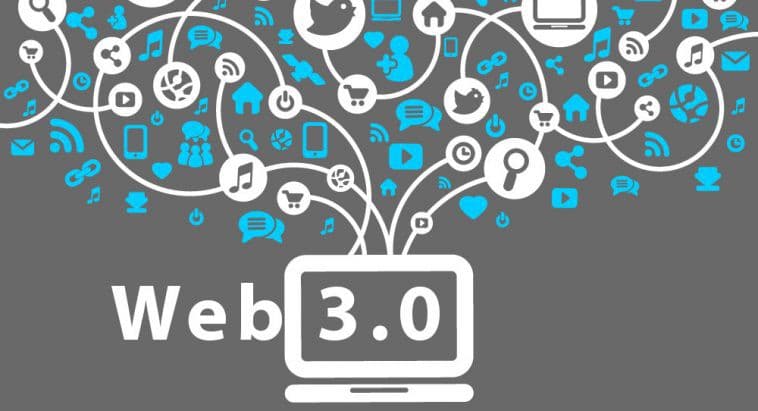
Today’s internet is dramatically different from the internet of ten years ago. Technology advances rapidly, and as a result, tech careers have to adapt alongside technology. The early internet’s web developers and content creators had a significantly different job than the pioneers of the internet today. And these roles will further evolve as we move into the next generation of the internet – Web3. But what exactly is Web3? Let’s get into it.
The Evolution of The Internet
The early web is almost unrecognizable compared to the web we use today. We describe the evolution of the web in three distinct stages, Web 1.0, Web 2.0, and Web 3.0. However, before we dive into what Web3 is, it’s essential to understand how Web 1.0 and 2.0 have created the internet we know and love today.
What is Web 1.0?
Web 1.0 is the first stage of the World Wide Web and was a much more passive version of the internet than we’re used to today. The early web was mainly composed of “read-only” websites that contained information in basic text or image formats. Essentially, people would use the internet to read about things or get updates – it was a research guide or source of information. Web 1.0 lacked the interactive and community-based features central to the vibrant modern internet.
What is Web 2.0?
Over time, Web 1.0 evolved into Web 2.0 as more features were added. Web 2.0 is the version of the internet we use today and is characterized by the shift from static web pages to dynamic web pages (web pages that display different content depending on the visitor), user-generated content, and the growth of social media. While Web 1.0 was passive, Web 2.0 is decidedly active, supporting collaboration and allowing people to express themselves online.
Introducing Web 3.0 (Web3)
The primary difference between Web 2.0 and 3.0 is decentralization. In the current version of the internet, we share our personal information in exchange for services, and we have to trust the companies we share information with to manage our data securely. In simple words, the control lies with the tech companies and the servers they host. If Google or Twitter decide to censor you or decide that you can’t use their service, then there’s nothing you can do.
Instead, Web 3.0 proposes a decentralized version of the internet that works similarly to how cryptocurrencies operate. Essentially, the web would be powered by blockchain technology and AI, and information would be stored on the blockchain network rather than on centralized servers. Decentralization has many benefits, including:
- Governments and corporations will no longer control the internet, so, in theory, users should have access to a greater wealth of web services.
- Blockchain technology ensures that all information has to be validated many times (across the entire network). This means that no one person can change data without the permission of the person who owns it or the network. This prevents server hosts from changing or deleting your information, as is possible today.
Careers in Web3
Web3 is broad, but it’s full of opportunities for people interested in STEM careers. For example, Web3 will need blockchain engineers, unity designers, research analysts, and various other engineers. If you’re considering tech careers in Web3, iUrbanTeen can help. We offer edtech programs for STEM career exploration and mentoring.



